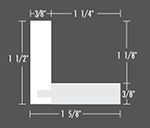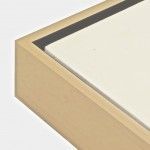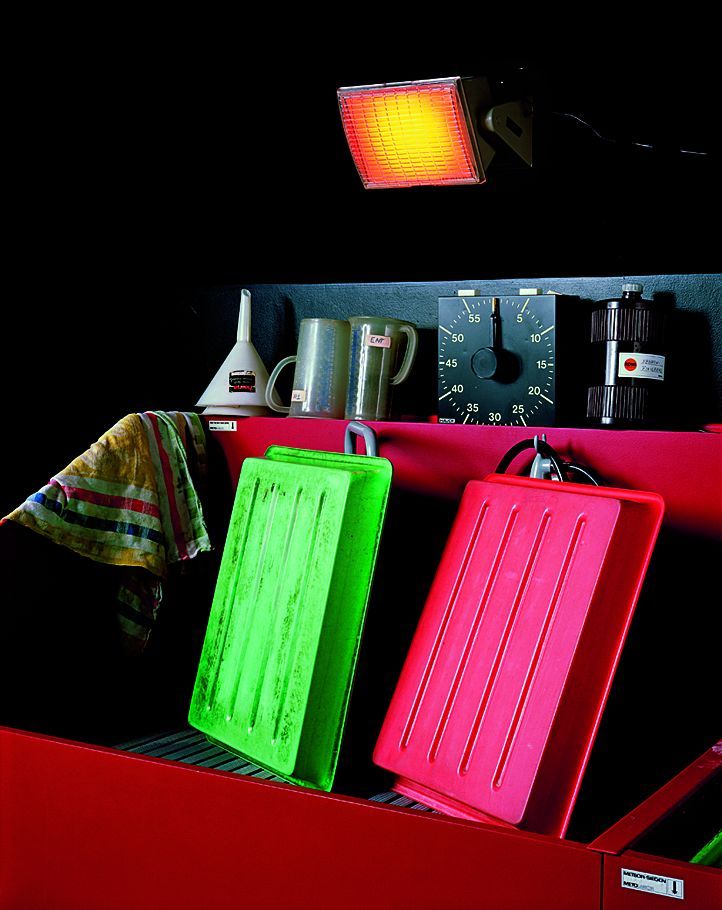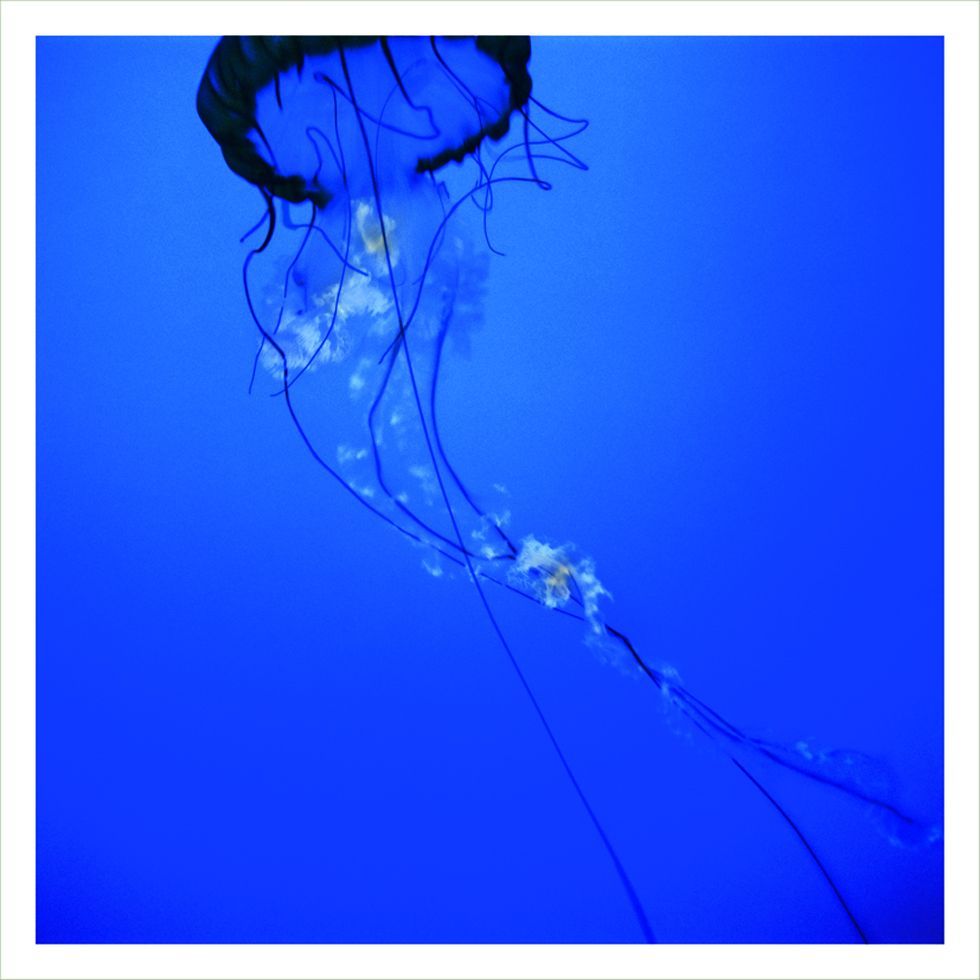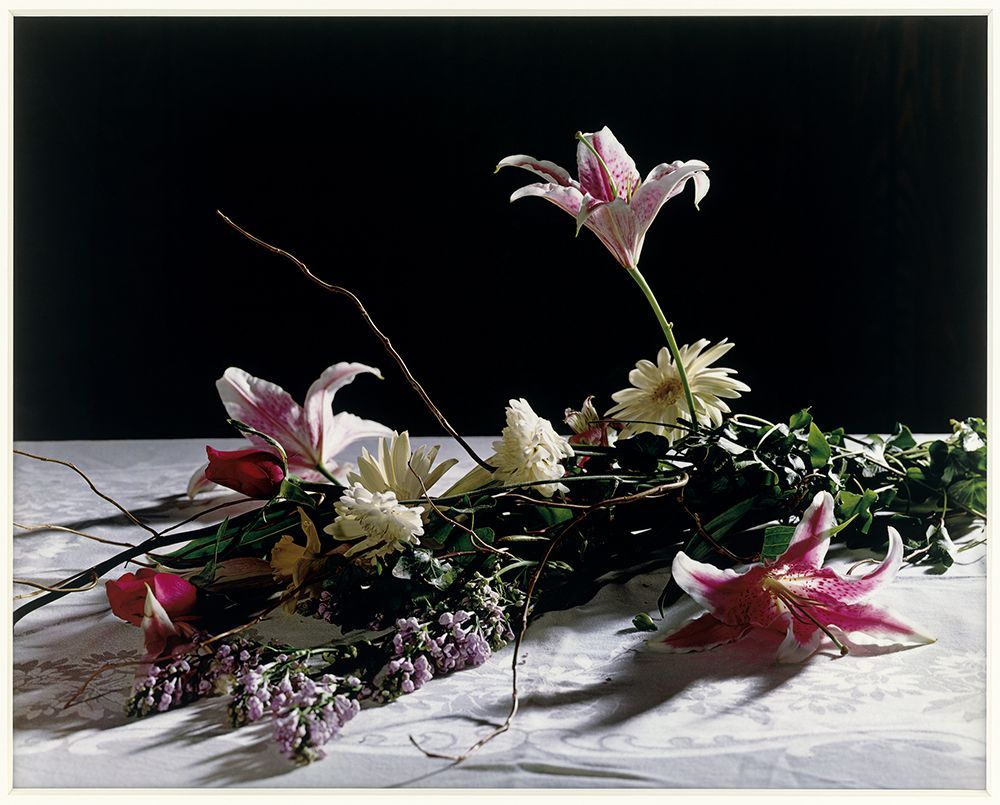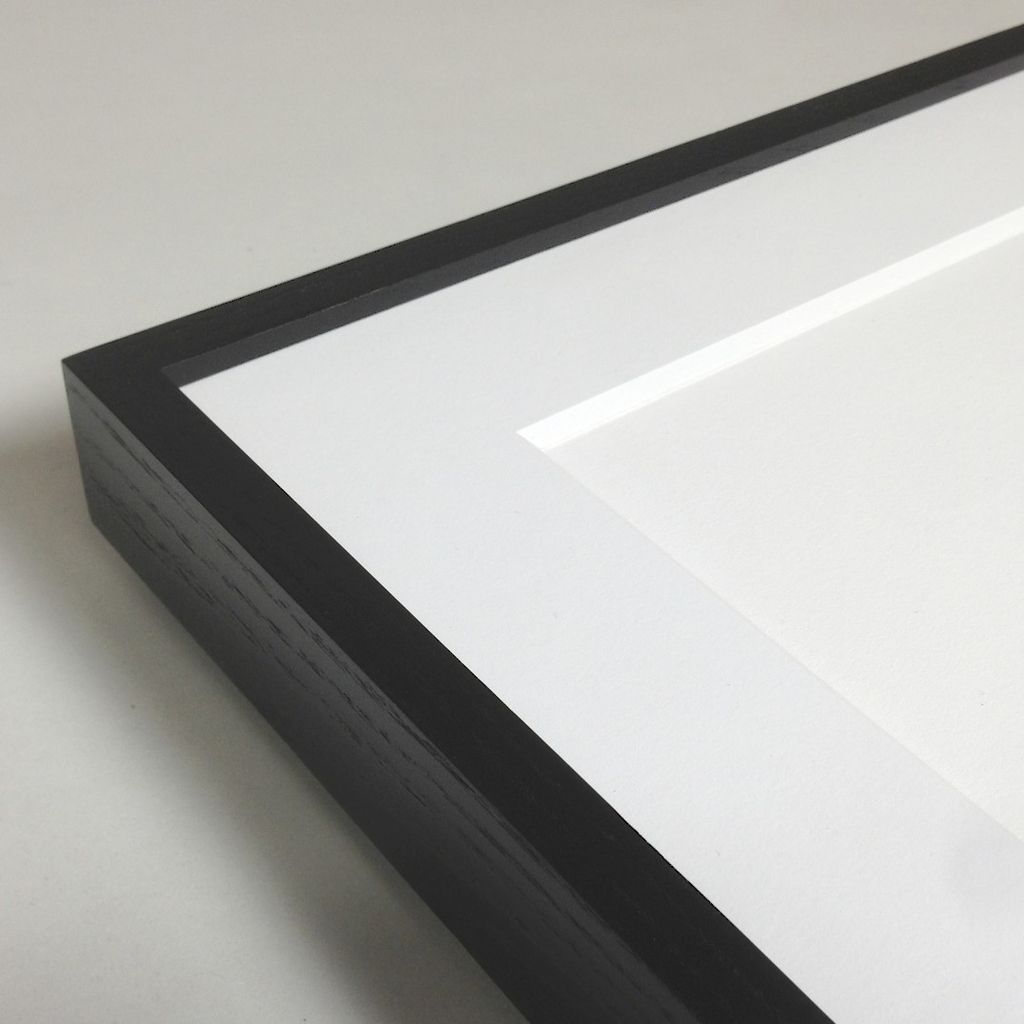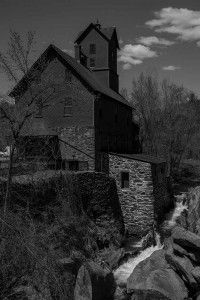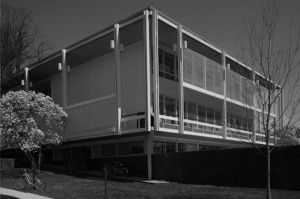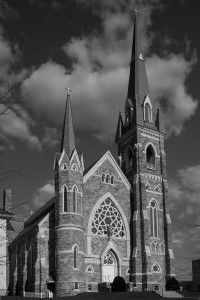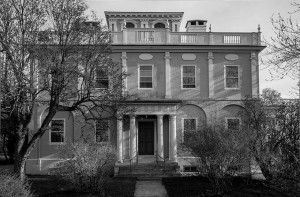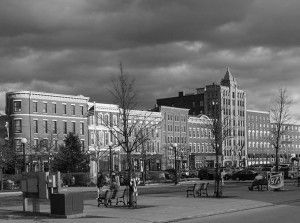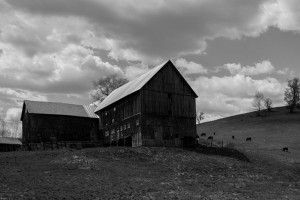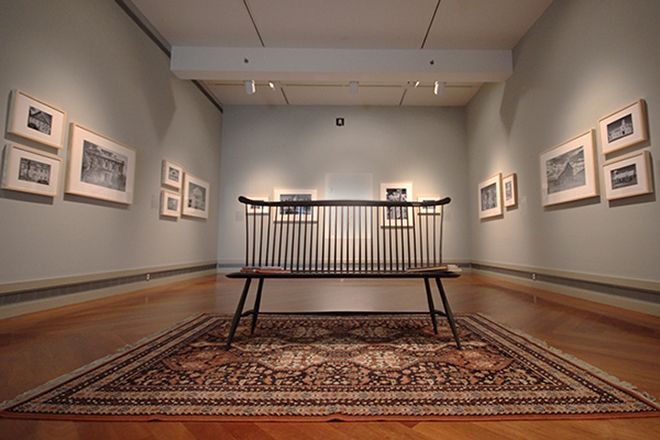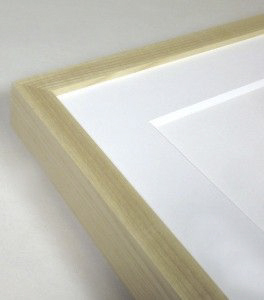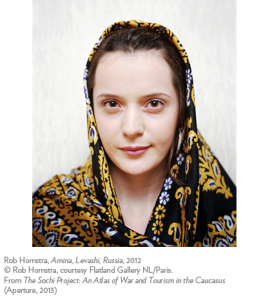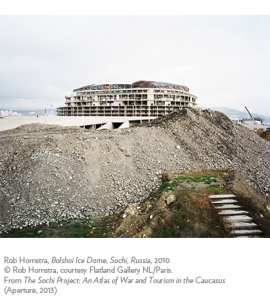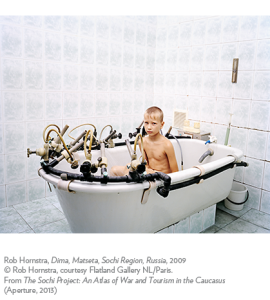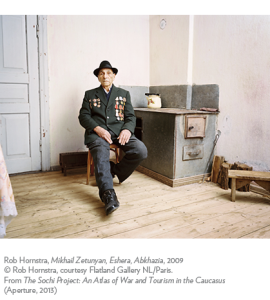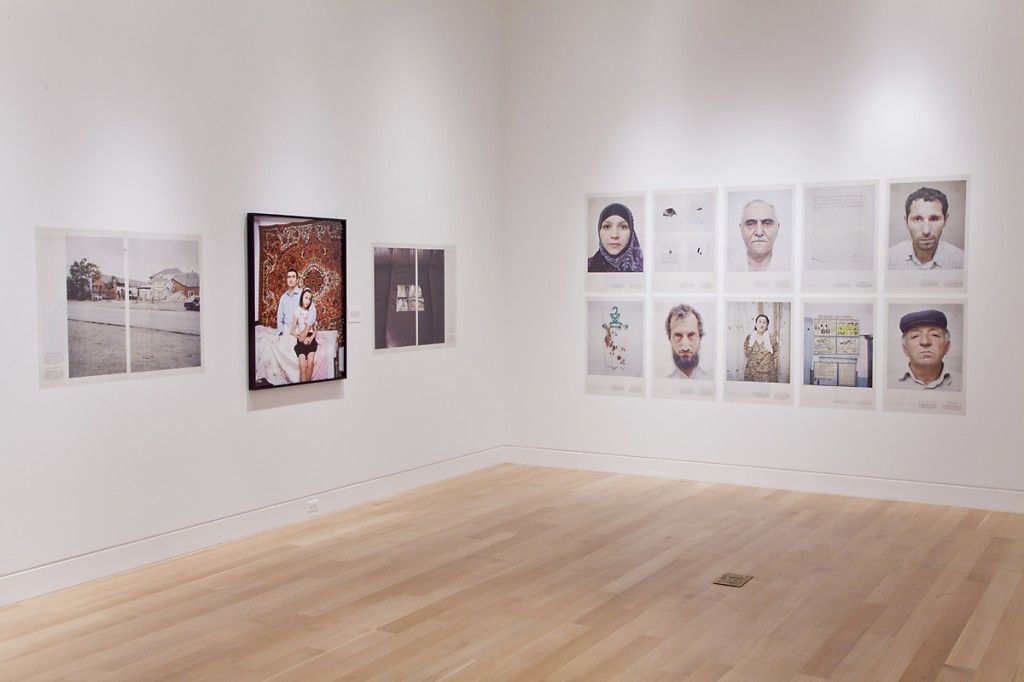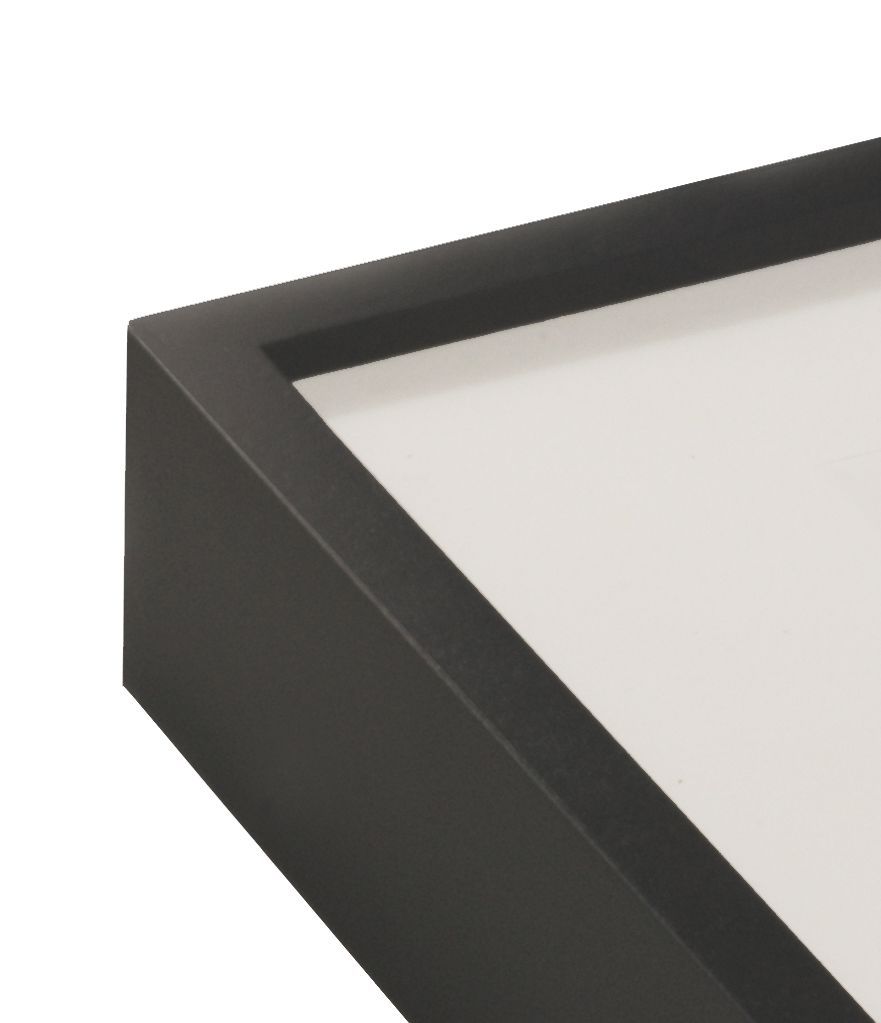Marketing tips from a pro
 Ginny Herzog, a long time customer, just ordered some frames for 6 original artworks that are being sent to Malaysia. I thought it would be interesting to learn more about how she made the connections and how she markets her work. In addition, I asked her what advice she could share with other artists that enable her to do projects such as this one. She has generously agreed to share the information on this project as well as some of the ways she has learned to market her work. Before we start the interview the following gives some background on Ginny and her work.
Ginny Herzog, a long time customer, just ordered some frames for 6 original artworks that are being sent to Malaysia. I thought it would be interesting to learn more about how she made the connections and how she markets her work. In addition, I asked her what advice she could share with other artists that enable her to do projects such as this one. She has generously agreed to share the information on this project as well as some of the ways she has learned to market her work. Before we start the interview the following gives some background on Ginny and her work. 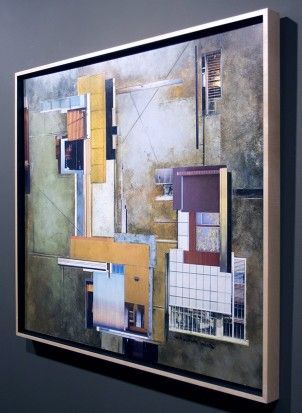
Artist’s statement Architecture has been the inspiration for my art for over twenty years. I photograph architecture, both interiors and exteriors, manipulate the photos in Photoshop, frequently eliminating objects or distorting the context of the original image. By piecing portions of different architectural elements that are unrelated to each other, I construct new, intriguing, familiar, yet unfamiliar architectural forms in my paintings. Compositions are constructed for a fusion of multiple perspectives. My application of oils mixed with cold wax medium sometimes suggest fresco walls; linear detail with graphite, crayons, oil sticks and pencils provides a visual pathway throughout the painting and may imply elements of an architectural drawing. I work on archival Claybord panels from Ampersand, using several of their surfaces, depending on the results that I wish to achieve.
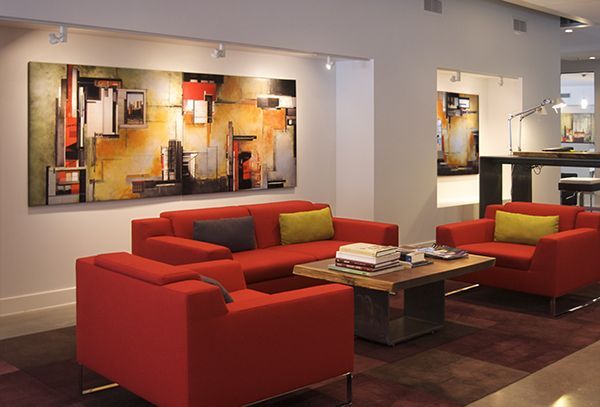 Metroframe
Metroframe
I’m sure our readers would be interested in learning how you made the connection to market your work in Malaysia. Can you give us some background on this project?
Herzog
An architect/collector of mine was working on the creative team for a project by Brunsfield the developer of the Brunsfield North Loop apartments in Minneapolis. Brunsfield International is a global development, management, engineering construction and real estate investment company. A meeting was set up in my studio so they could see the process of how my work is created and to discuss how I might create work specific for their project in the lobby. Initially, six large paintings were created, but as the project was nearing completion, more of my work was added to the other public spaces as well as the models. Because they needed a large number of pieces and I was also in the middle of my busy exhibition schedule, I was creative in putting together additional inventory for them to use in the form of reproductions, or leased originals from my collection. Currently, about 34 of my paintings are hanging at BNL. At the time of installation of the final pieces in the lobby, the Managing Director of Brunsfield International in Malaysia was here in Minneapolis with members of his corporate team. They visited my studio to see my work and purchased the six original paintings for their corporate office as well as several others for their projects.
Metroframe
I know that you use our custom boxes to ship your artwork within the states. As you know, UPS, Fedex, or DHL will not ensure artwork, but since you carry your own insurance this has not proven to be a problem for you. Since this original work was being shipped internationally, which would require going through customs, we recommended using Museum Services, a fine art shipper with international shipping experience. Did you learn anything new in shipping internationally?
Herzog
I called my insurance agent who informed me that my policy did not cover international shipping. My insurance policy for my business covers my art at all times – in my studio, van, shows, shipping and galleries – all in the U.S. Therefore I told Musuem Services that they would need to make arrangements for the insurance for the full value of the work with the selected shipper. The payment and shipping address were provided by the client . They paid directly, since in this case, my billing of the client did not include shipping and insurance.
Metroframe
I know you do originals and giclee reproductions. Can you tell us a little bit about the work flow from making originals, making reproductions? What vendors do you use? Any tips for other artists.
Herzog
I have been reproducing my paintings as fine art giclées for nearly twenty years, but this summer I began working with Vongsouvan, in north Minneapolis. They do outstanding work. They scan my paintings on a flatbed scanner (even while in the float frame). The high resolution scan is then proofed for color and I do the final proofing, to remove any “debris” from the image. The work is printed either on paper or canvas. If on canvas, they are sprayed with a protective UVLS varnish and they will stretch the canvas, if needed.
Metroframe
What online sources have you found useful in marketing your work?
Herzog
Recently, I’ve invested in some online sources to the trade. I thought that CODAworx would be a good fit for my work because I specialize in site specific commissions. CODAworx is an online community for artists and design professionals to showcase their work, collaborate with one another, and earn recognition for their projects. Founded in January 2012 by Toni Sikes and Terry Maxwell as The Art Commission, CODAworx launched in November 2013 to celebrate global architecture and design projects that incorporate commissioned art. Through the codaworx.com website, the monthly CODAmagazine, and the annual CODAawards, they champion the importance of design + art collaborations in our built environment. The other company I just invested in is TÖDL – Trade Only Design Library. This website is a catalog resource that acts as a specifier for interior designers and architects when designing their projects. Art is one category on the website. It is on this website that I have listed all my reproductions.
Metroframe
How do you primarily market your work?
Herzog
I have been an independent artist for about 35 years and most of my sales have been from art fairs around the country. I exhibit at about ten shows per year. It is at these shows that I often meet potential clients for my commissions. After discussion about my process and their needs or interest in my work, I provide them with my artist statement, resume and commission information. I get their contact info and make notes for follow-up after the show. Often, I go to the site where the project will be installed and to discuss details. A 50% deposit secures the next available slot in my schedule. The client receives photos of the work in progress and when the commission is completed, the client pays the balance due and the work is shipped.
Most of my marketing is done to my email list of interested clients that are organized according to geographical location. Announcements are sent out for my exhibitions via Constant Contact approximately eight times per year. The announcements include the names of the shows, dates, location, my booth number, images of some of the work available at the exhibition and links to the show’s website as well as my website. I’m in the process of redesigning my website that will include a blog. You can visit my website to see my original paintings, reproductions, exhibition schedule, as well as other information about my work. Herzogart.com
Metroframe
Do you use social marketing?
Herzog
I use Facebook for announcing projects that I’m working on or for my exhibitions. Also, I use it for sharing work from my studio. I’m on Linked In but don’t find it as valuable since I’m independent and self-employed. I am starting to work on a blog which will be accessible from my new website, currently under construction.
Metroframe
Can you tell us more about the forums on facebook. Can anyone join? What kind of information is shared? What do you find valuable about them?
Herzog
There are several forums on Facebook that helps the artists to network and have current information in all aspects of their business. Some of these forums are open to the public and others are closed. One of the most active open forums is Art Fair Insiders. https://www.facebook.com/artfairinsiders.
Some of the forums are open to only art fair artists so that they can discuss topics among themselves, like details about the shows or the artists.
There are also some excellent Facebook pages that are linked to blogs of artist business consultants.
http://artlicensingblog.com/tag/artsy-shark
http://www.artsyshark.com
http://www.artsbusinessinstitute.org
In addition, I highly recommend these art business coaches –
http://www.idratherbeinthestudio.com
http://www.artbizcoach.com
http://smartistcareerblog.com
http://www.copyblogger.com/art-marketing/
Metroframe
What advice do you have for artists that want to sell their work nationally or internationally?
Herzog
There are many ways to market your work. Be sure to take some business courses like marketing and accounting. Nearly all the artists I know do their own marketing. Many artists use art fairs to self promote their work. Many artists are also represented in galleries, some exclusively. Some of the bigger galleries do the big art fairs like Art Basel, SOFA, etc. There are corporate art consultants in many cities – I’ve worked with several around the country. There are shows on the east coast that primarily deal with fine crafts. http://smithsoniancraftshow.org/indexmain.asp and the http://shows.craftcouncil.org/baltimore Contemporary Craft Show in Philadelphia http://pmacraftshow.org/ In addition, there are buyer markets for wholesale to stock galleries and gift shops – http://americanmadeshow.com/ and the http://craftcouncil.org/shows which also has a retail component. Other big art fairs are for the reproductions. http://artbusinessnews.com/category/feature-articles/. Art licensing can also be considered. – http://www.surtex.com/
Several artists I know have exciting careers, giving workshops and exhibiting here and abroad. I haven’t really sought out the international market but I’m excited about working with Brunsfield International. Keep in touch with your friends and collectors. They can be one of your best resources for marketing your product.
Framing Specifications
